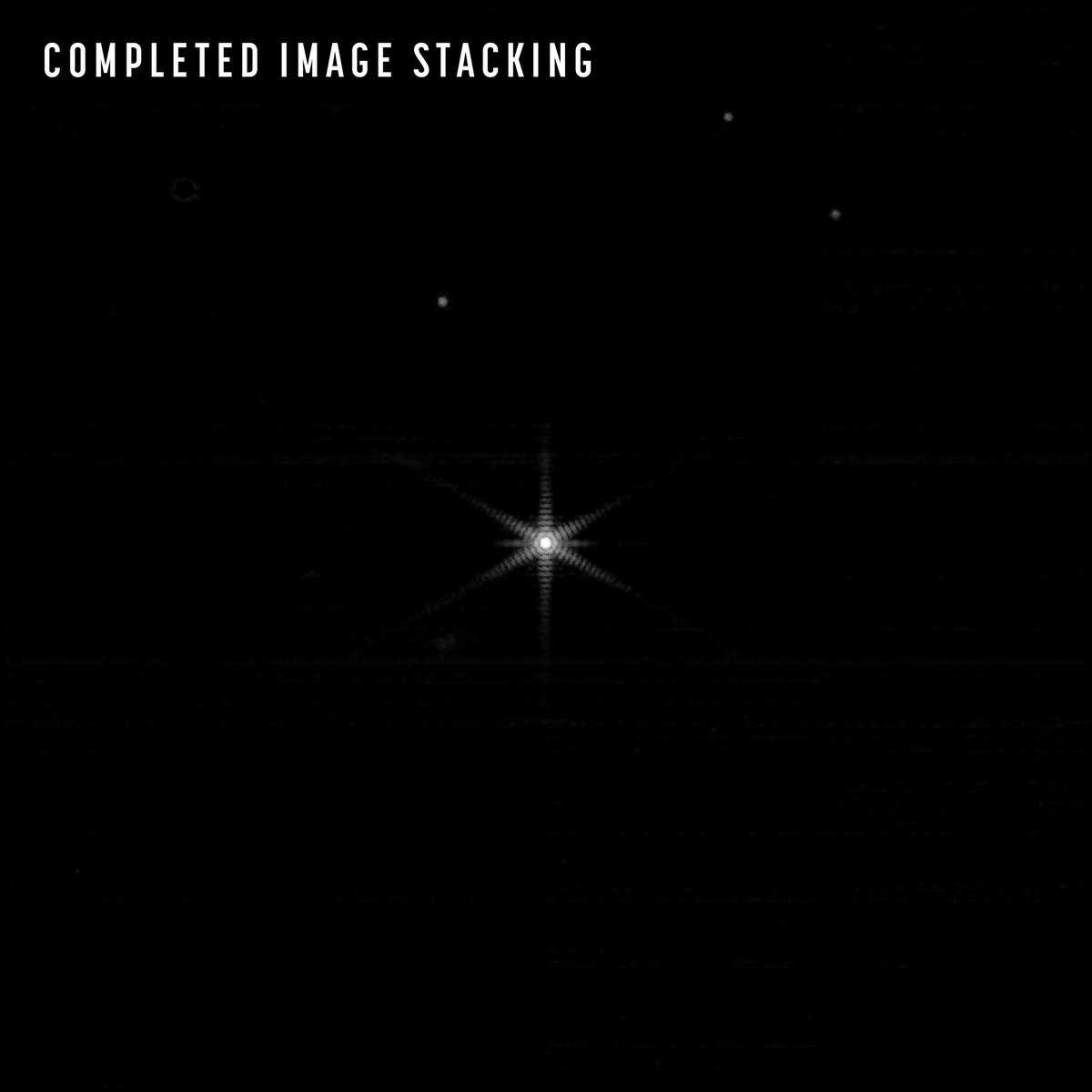NASA to release new James Webb Space Telescope images in update today. Here's when to look.
You can also watch a Webb mission update at 12 p.m. EDT (1600 GMT).
Update for 5 p.m. EDT: NASA's James Webb Space Telescope has passed a major milestone in its mirror alignment process, with NASA releasing a dazzling new image of a target star today. You can see the photo here, as well as a view of Webb as seen by Europe's Gaia spacecraft.
Webb mission scientists said in a briefing today that the results from Webb so far are much better than expected.
NASA will release new images from the James Webb Space Telescope and discuss the observatory's painstaking mirror alignment progress today (March 16) and you can follow it live online.
The space agency will hold a virtual press conference at 12 p.m. EDT (1600 GMT) that will air live on NASA TV, the NASA app and the NASA website. You'll be able to watch the briefing on this page at start time, courtesy of NASA TV. But before the briefing comes an even more anticipated event: the release of new imagery from Webb at 11:30 a.m. EDT (1530 GMT).
"Participants will share progress made in aligning Webb’s mirrors, resulting in a fully focused image of a single star," NASA officials wrote in an announcement this week. "NASA will make imagery demonstrating the completion of this milestone available on the agency’s website at 11:30 a.m., prior to the briefing."
Mission updates: NASA's James Webb Space Telescope mission
Related: How the James Webb Space Telescope works in pictures
The star in the new Webb images is likely HD 84406, a sun-like star about 260 light-years away in the constellation Ursa Major that scientists have been using as they align the 18 hexagonal segments of the observatory's main mirror. The alignment process is expected to take several months.
Get the Space.com Newsletter
Breaking space news, the latest updates on rocket launches, skywatching events and more!
So far, Webb has used its mirrors to take 18 individual images of the star and refined its view to make a single image of HD 84406.
"Since then, in stages of alignment called 'coarse phasing' and 'fine phasing,' engineers have made smaller adjustments to the positions of Webb's 18 primary mirror segments so they act as a single mirror, producing a sharp and focused image of a single star," NASA wrote in the statement. The images are not stunning or beautiful in the conventional sense, but they are a signal that Webb's optics are working as planned.

NASA, the European Space Agency and Canada launched the $10 billion Webb Space Telescope on Dec. 25 to kick off the U.S. agency's latest great space observatory mission. Billed as a successor to the Hubble Space Telescope, Webb is an infrared observatory designed to peer farther into the universe than ever before. It will observe the cosmos from a location about 1 million miles from Earth, which it reached a few weeks after launch.
Scientists hope Webb will be able to see some of the earliest stars and galaxies, study the atmospheres of alien planets and even gaze at the planets in our own solar system as part of its work.
"Webb will explore every phase of cosmic history – from within our solar system to the most distant observable galaxies in the early universe, and everything in between," NASA officials wrote in its statement. "Webb will reveal new and unexpected discoveries and help humanity understand the origins of the universe and our place in it."
Email Tariq Malik at tmalik@space.com or follow him @tariqjmalik. Follow us @Spacedotcom, Facebook and Instagram.
Join our Space Forums to keep talking space on the latest missions, night sky and more! And if you have a news tip, correction or comment, let us know at: community@space.com.

Tariq is the Editor-in-Chief of Space.com and joined the team in 2001, first as an intern and staff writer, and later as an editor. He covers human spaceflight, exploration and space science, as well as skywatching and entertainment. He became Space.com's Managing Editor in 2009 and Editor-in-Chief in 2019. Before joining Space.com, Tariq was a staff reporter for The Los Angeles Times covering education and city beats in La Habra, Fullerton and Huntington Beach. In October 2022, Tariq received the Harry Kolcum Award for excellence in space reporting from the National Space Club Florida Committee. He is also an Eagle Scout (yes, he has the Space Exploration merit badge) and went to Space Camp four times as a kid and a fifth time as an adult. He has journalism degrees from the University of Southern California and New York University. You can find Tariq at Space.com and as the co-host to the This Week In Space podcast with space historian Rod Pyle on the TWiT network. To see his latest project, you can follow Tariq on Twitter @tariqjmalik.









